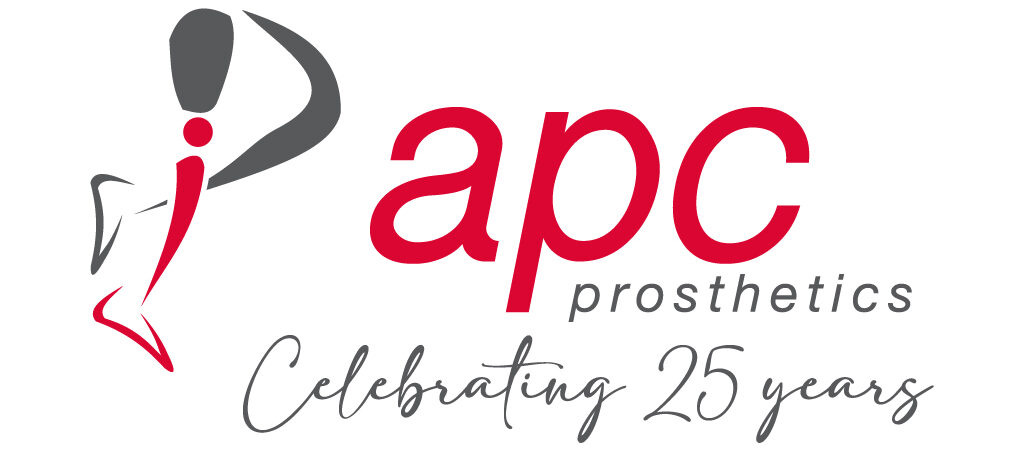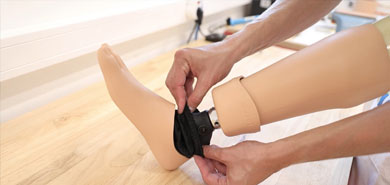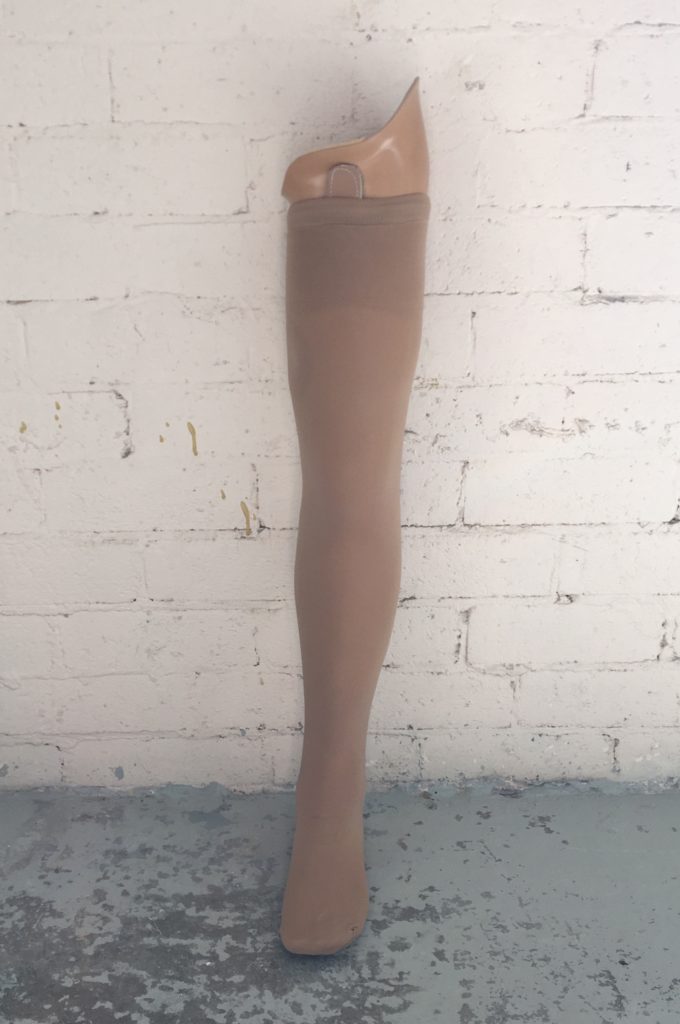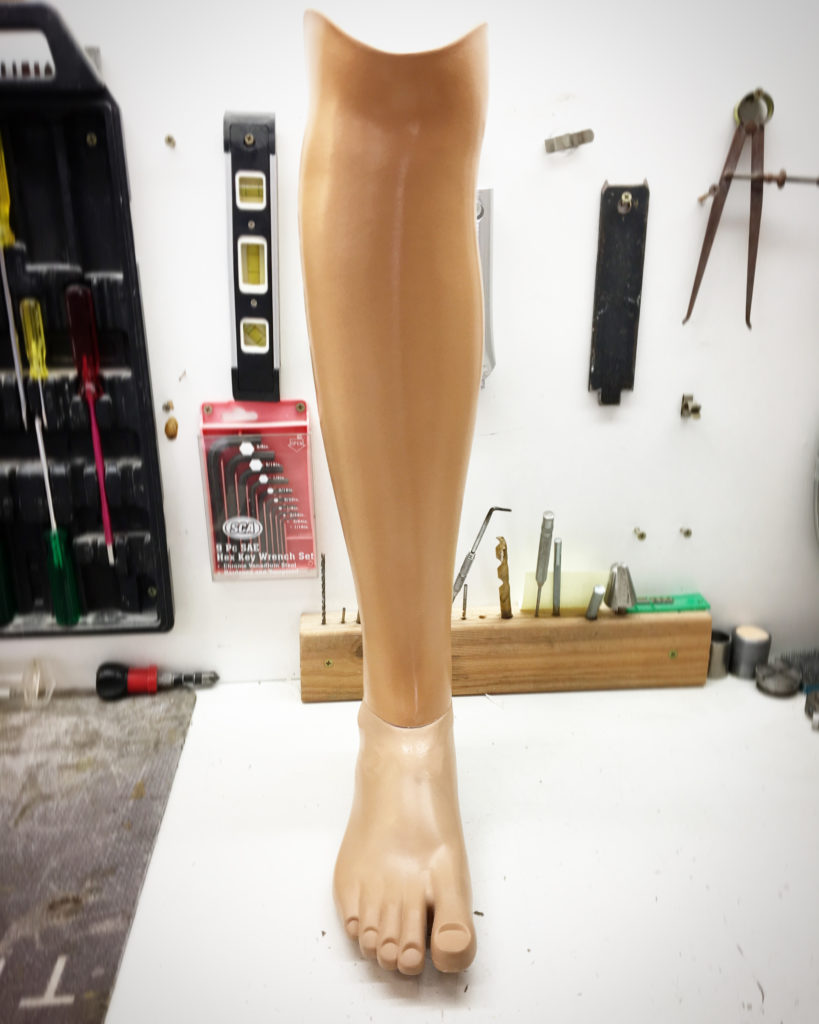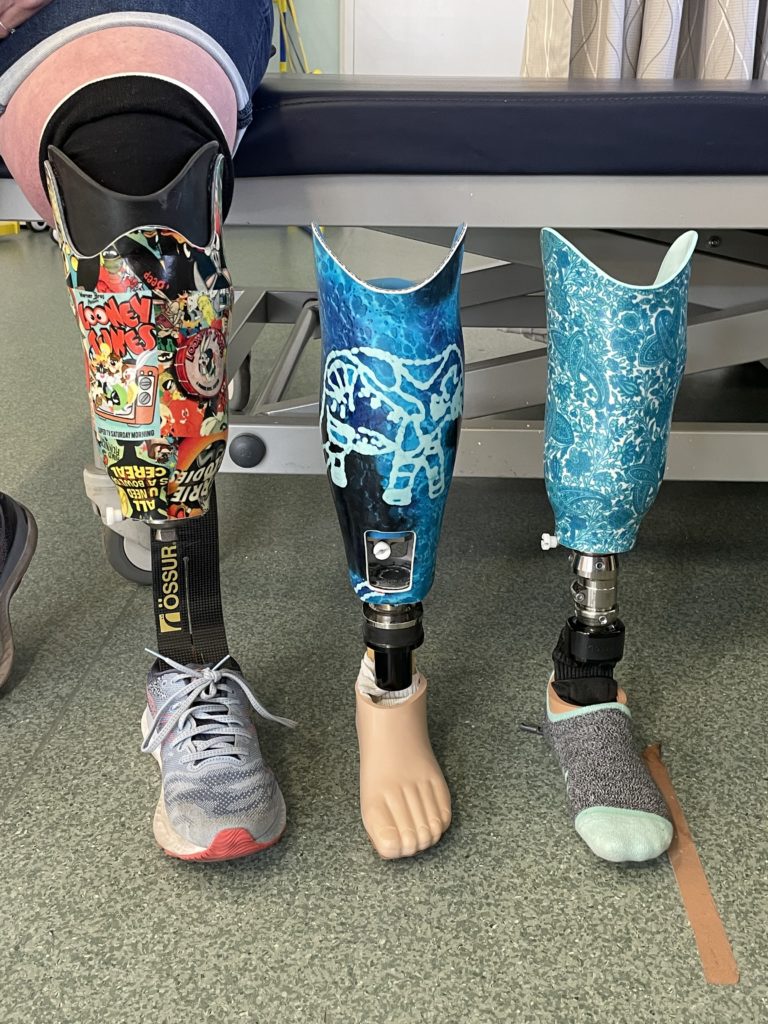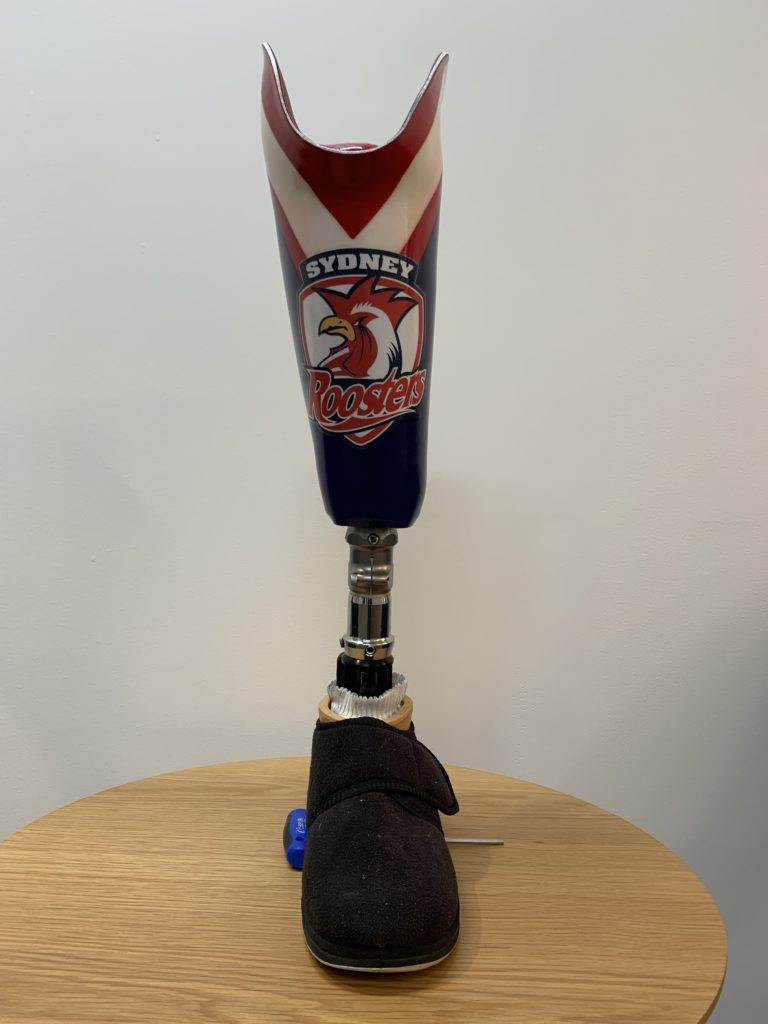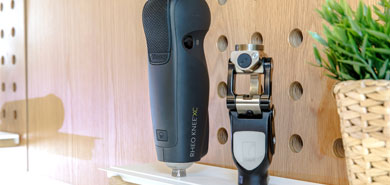APC has been providing prosthetics for kids with limb difference and amputation for many years. We are involved in the Limb Deficiency Clinics at Westmead Children’s Hospital and Sydney Children’s Hospital in Randwick, where we work closely together with rehabilitation teams to ensure the best outcomes for the kids we see.


We see a wide range of kids and families from across NSW; from Sydney and surrounds, to more regional and rural parts of the state. APC is an ever-growing family, now with 4 branches and associated outreach clinics, so we reach far and wide across NSW.
Working with the paediatric population is so special because each child is incredibly unique and has their own unique needs and goals. Here at APC, we love working together with kids and their families to help them realise those goals, and help dreams become a reality through providing the most appropriate prosthetics for kids; be it an upper-limb prosthesis to assist in riding a bike, or a lower-limb prosthesis for running and sports, and everything in between!
At APC we understand that each child has their own individual presentations, needs, and wants, and love working together with kids and their families to achieve the best results for all.
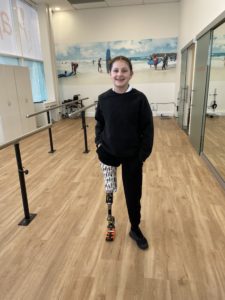
NDIS
Most children with limb difference are eligible for NDIS funding. If you’re not sure whether your child is eligible, speak with one of our prosthetists, or check out the eligibility criteria on the NDIS website.
We have been working closely with the NDIS since it was first rolled out in New South Wales, so we have an in-depth understanding of how to best help your child get the prosthetic services they need through the NDIS.
